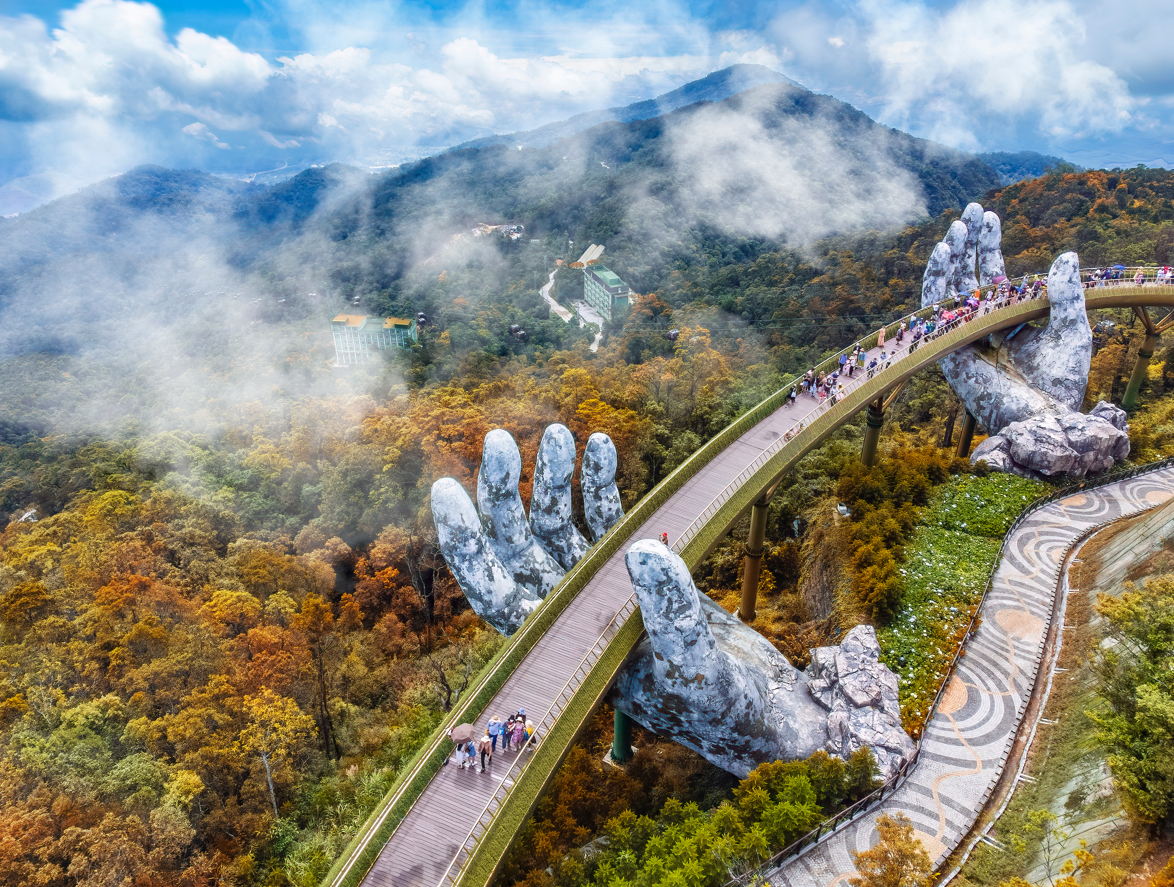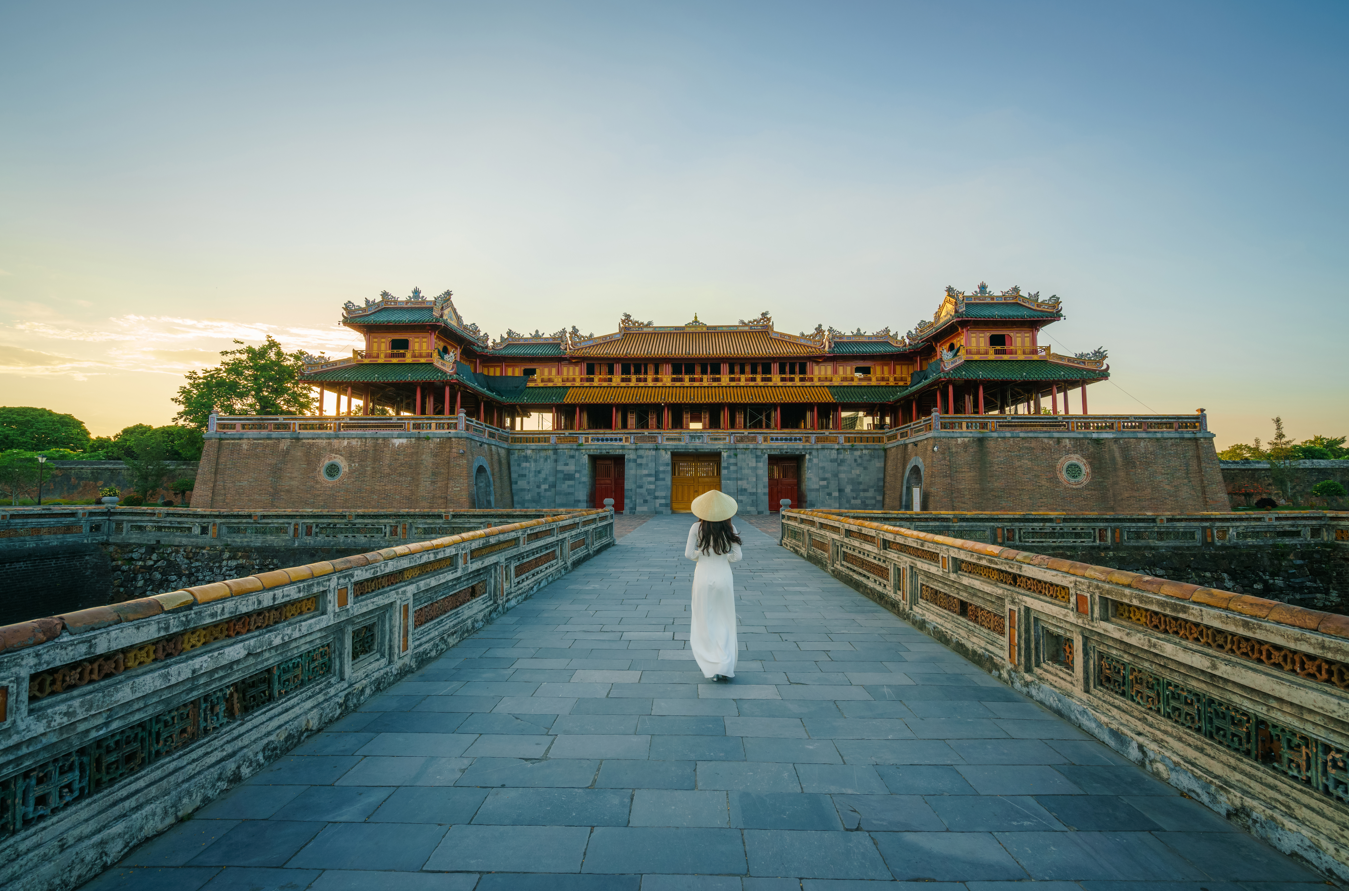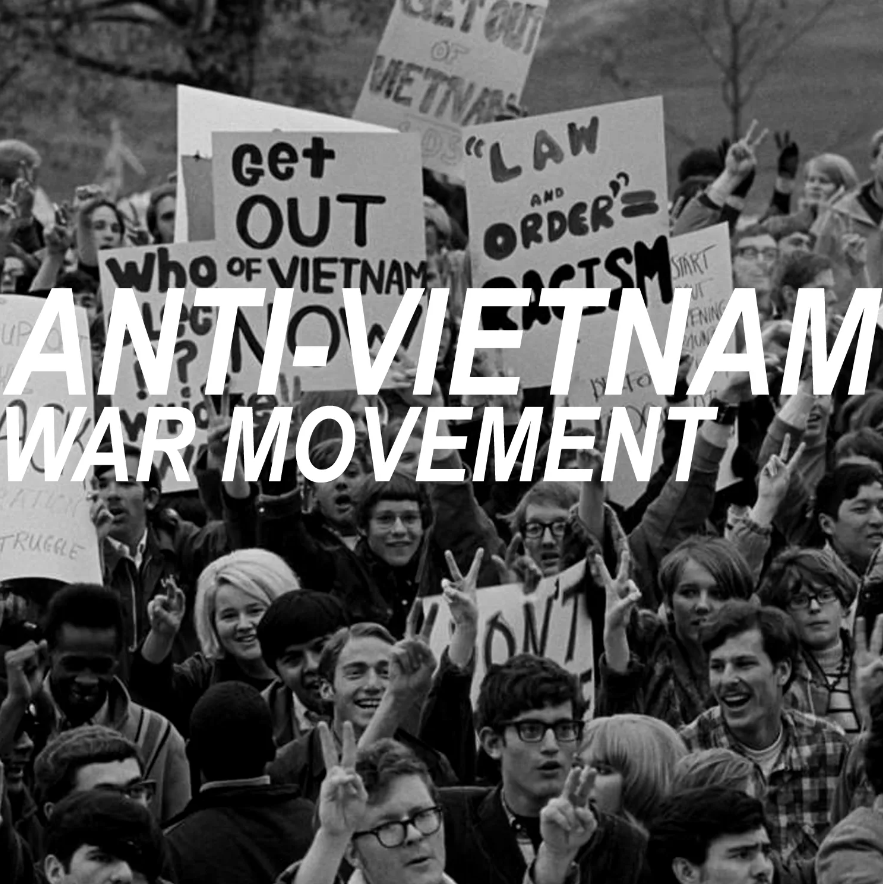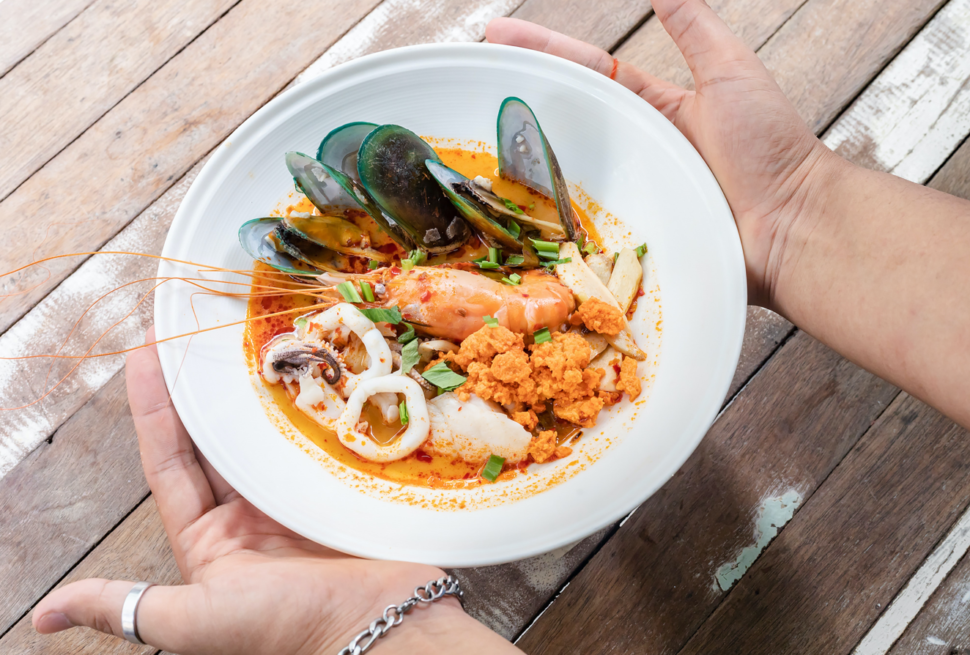To become present-day Vietnam, this small country has experienced a complicated historical period. From conflict between feudal dynasties to cruel Chinese Domination as well as the division in Vietnam War with the invasion of the French and the U.S, all of which not only could defeat Vietnam, but also has consolidated self-help and self-improvement of the Vietnamese.
The Early Days
Despite the appearance of the earliest human habitation of northern Vietnam about 500,000 years ago, Neolithic culture was found out around the same area until 10,000 years ago and engaged in primitive agriculture as early as 7000 BC. By about 3rd century BC, northern Vietnam had experienced a blossom of Bronze Age Dong Son culture with the fame of its drums.
Between the 1st and 6th centuries AD, southern Vietnam was part of the Indianised Cambodian kingdom of Funan, with the kingdom in Angkor Borei, near present-day Takeo. The Funanese was famous for its delicate art and architecture, especially the construction of a complicated system of canals both for transportation and the irrigation of rice. The main port city of Funan was Oc-Eo in the Mekong Delta, which was believed to see commercial trade between Funan and China, Indonesia, Persia and even the Mediterranean.
The Hindu Kingdom of Champa emerged around present-day Danang in the late 2nd century AD. Like Funan, it adopted Sanskrit as a sacred language and borrowed heavily from Indian art and culture. By the 8th century Champa had expanded southward, including morden-day Nha Trang and Phan Rang. The feisty Cham expanded territory toward the entire coast of Indochina, leading to a permanent war with the Vietnamese to the north and the Khmers to the south, squeezed between two great powers.

1000 Years of Chinese Domination
In the 2nd century BC, the Red River Delta saw the Chinese conquest. In the following centuries, China sent a large number of its own settlers, officials and scholars to Vietnam to impose a centralized state system.
Needless to say, local ruler didn’t accept it and the most famous resistance was the fight of The Trung Sisters (Hai Ba Trung) in AD 40. After the successful rebellion of Trung Sister against Chinese authorities, the sisters proclaimed themselves queens of an independent Vietnam. In AD 43, the Chinese counterattacked, the Trung Sisters threw themselves into the Hat Giang River, rather than suffer the ignominy of surrender. There were numerous small-scale resistances against Chinese rule – which was characterized by tyranny, forced labor and insatiable demands for tribute – from the 3rd to 6th centuries, but all were failed.
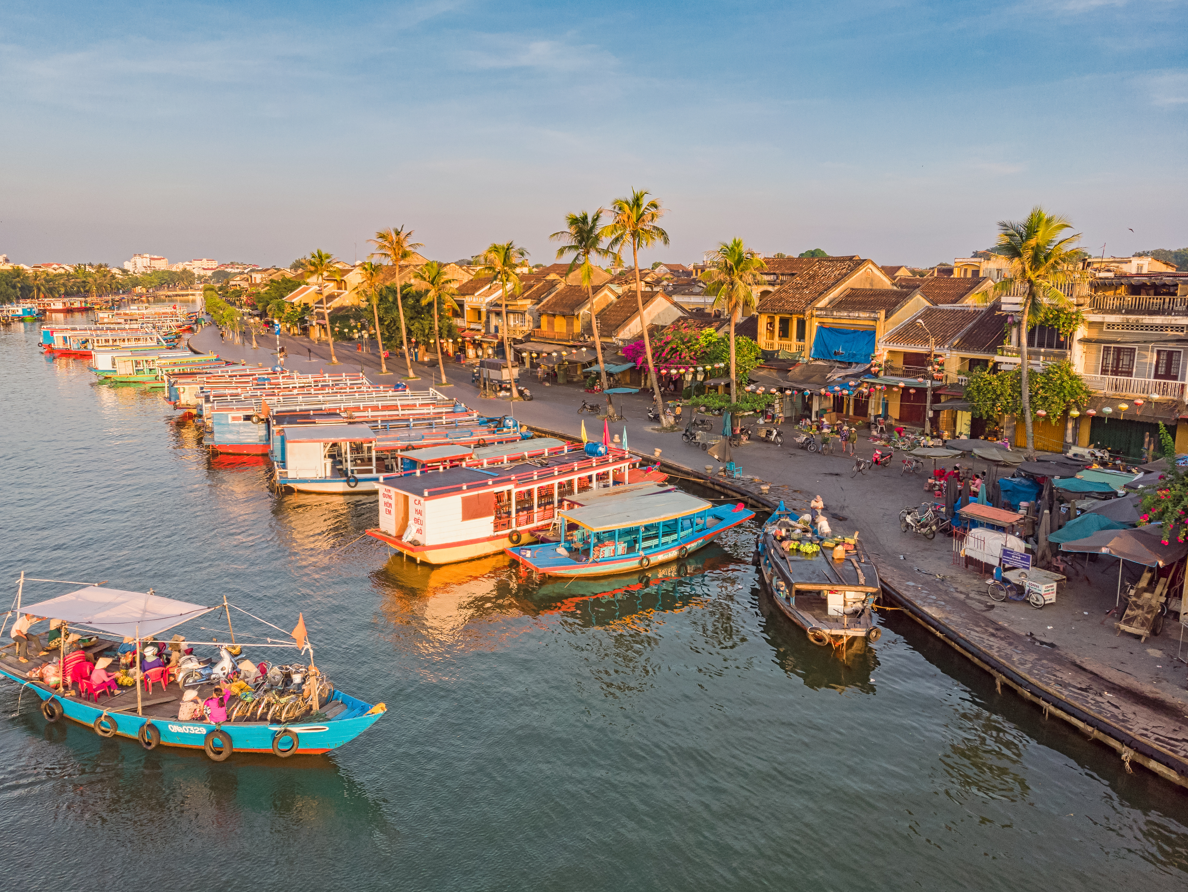

China bites back
The Chinese took the control of Vietnam again in the early 15th century, stealing valued national archives and some of Vietnamese intellectuals to China – an irreparable loss to Vietnamese civilization. The Chinese controlled much of the country from 1407, imposing a regime of heavy taxation and slave labor.

Tay Son Dynasty
Tay Son Dynasty existed in Vietnamese history from 1778 to 1802, in the context of Trinh – Nguyen Civil War during 1533 and 1789.
In 1765, the Tay Son Rebels, led by the brothers Nguyen, erupted in the town of Tay Son near Quy Nhon. Brothers Nguyen quickly controlled the whole of central Vietnam, then the south of Vietnam since 1783. Nguyen Lu became king of the South, while Nguyen Nhac was crowned king of central Vietnam.
Continuing their conquests, the Tay Son Rebels overthrew the Trinh Lords in the North. The Chinese took advantage of Vietnamese Civil War to attack Vietnam but be defeated by Nguyen Hue, the third brother or the Emperor Quang Trung, who was relinquished the throne by Nguyen Nhac in 1788. In 1789, Nguyen Hue had a historic victory against Chinese armies a Dong Da, which became another of the greatest hits of Vietnamese history.
However Nguyen Hue was suddenly passed away in 1792 while the successor – Quang Toan was only 9 years old. The new king was too young to become a powerful leadership. Consequently, in the South, Nguyen Anh, the rare survivor from the original Nguyen Lord gradually overcame the rebel. By 1802, Nguyen Anh had proclaimed himself Emperor Gia Long, beginning the Nguyen Dynasty. After Nguyen Anh captured Hanoi, Vietnam was official united for the first time in two centuries with the new capital city in Hue.
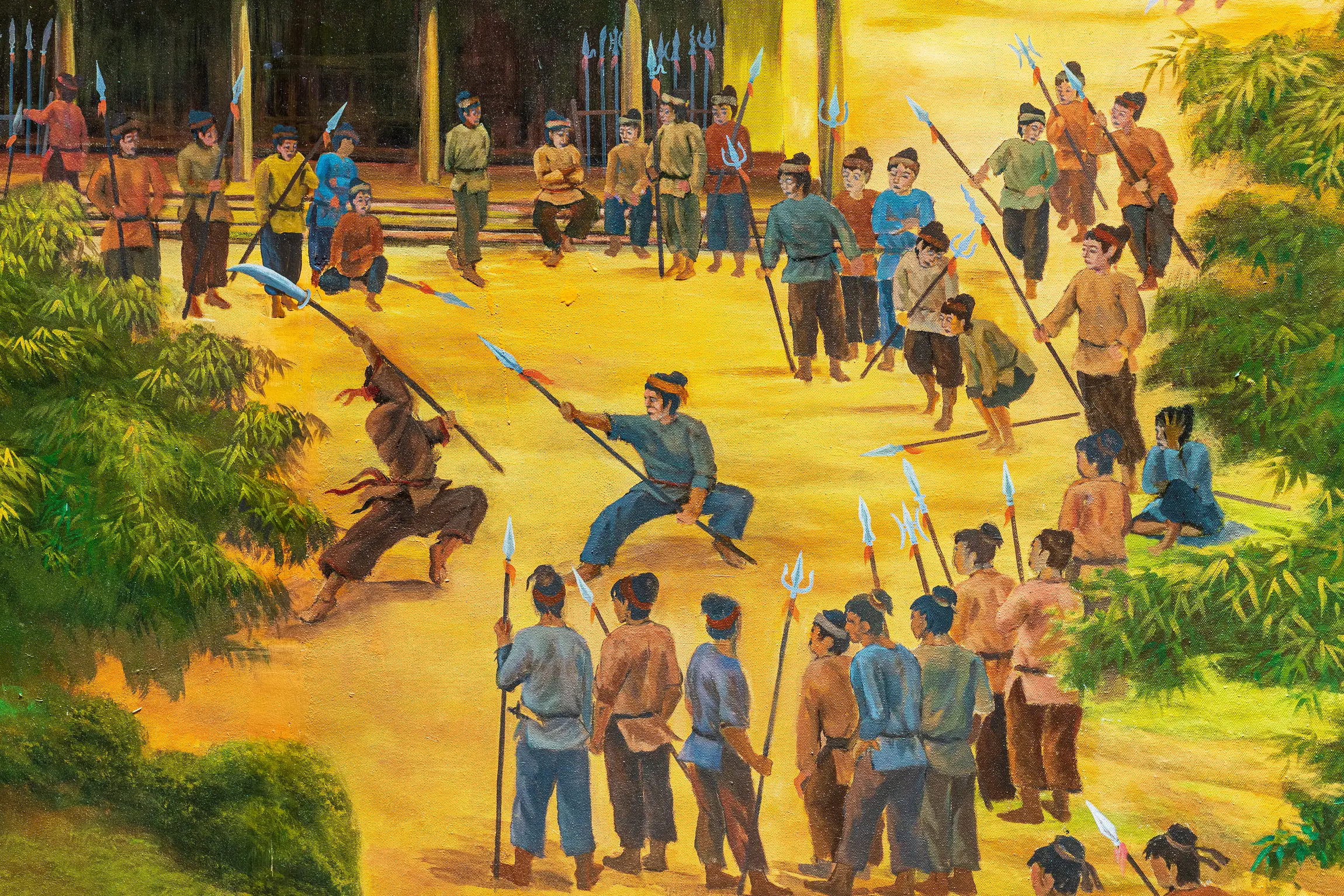
Nguyen Dynasty – the last Dynasty and occupation of the French & Japanese
The dynastic rule began with Gia Long ascending the throne in 1802, after ending the previous Tay Son Dynasty. Emperor Gia Long returned to Confucian values in the effort to consolidate his precarious position. His son, Emperor Minh Mang was also hostile to Catholicism, which he considered as a threat to Confucian tradition and banned Western influences.
The early Nguyen emperors continued the expansionist policies by pushing Cambodia westward into the mountains along a wide front and seizing huge areas of Lao territory as well as clashing with Thailand.

Vietnam Today
1986 – The 6th National Congress of the Communist Party of Vietnam released economic reforms, which were called “Doi Moi” Policy.
1992 – A new constitution is adopted that allows for more economic freedoms.
1995 – Vietnam became a member of ASEAN (the Association of Southeast Asian Nations). The United States and Vietnam establish full diplomatic relations.
2000 – U.S. President Bill Clinton makes a first official visit to Vietnam.
2007 – Vietnam joined the World Trade Organization (WTO).

